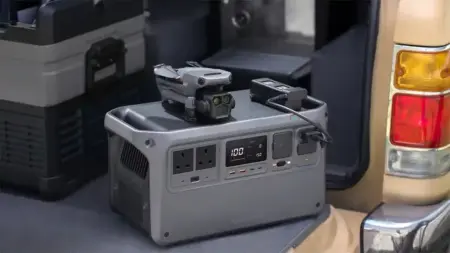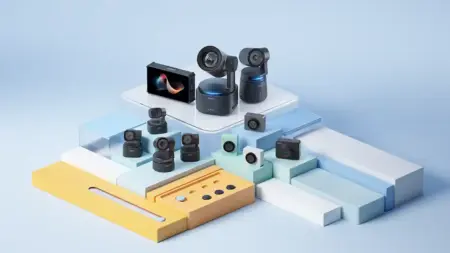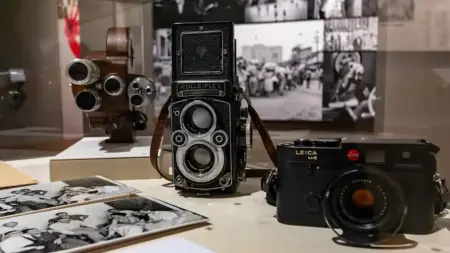This camera is clearly designed for children, and the baby pink sample that I have makes it evident that a child is the best person to test what it can do. The only challenge is that once they start playing with it and adding stickers, it’s very unlikely you’ll get a chance to try it yourself. When they do eventually finish with it, then you’ll very likely spend even more time figuring out where they’ve hidden it, before you get to take a look yourself!
To test it out, I gave the camera to a photographer friend with a small child (around 4 years old), who was eager to try it but warned me that it might not come back in one piece—or at all. Thankfully, it returned intact. Despite being dropped, thrown, and nearly submerged, it came back fully functional, albeit slightly scuffed.
In terms of performance, the camera in the hands of a small child functioned extremely well. A few test shots taken in the New Forest demonstrated the level of detail and resolution the camera is capable of capturing. Unlike the feet, walls, and countless selfies taken by the child, these photos, er taken by an adult, highlighted its true capabilities. What stood out most was how engaging the camera was for the child, not so much for the adult. Even though the pink colour initially caused some hesitation, there was no denying its effectiveness as a distraction.
The ease of use was the first major highlight. Once switched on, the child quickly figured out how to tap the button and started taking pictures. The touchscreen was intuitive, something they seemed familiar with, making the entire process—from taking photos to uploading them—completely seamless.
What really stood out for me, though, was the journaling feature, particularly for older kids. The myFirst Camera 50 enables children to take pictures with a short press of the shutter button or record videos with a longer press. They can then upload and edit their creations in the journal. Adding text, images, audio, stickers, and music is straightforward, and the sharing function within their secure Circle offers a safe introduction to image capture and social media.
For any child aged four and upwards (possibly younger), up to about 10 years old, this is an excellent first camera. Not only does it encourage them to take pictures and videos, but it also serves as a great educational tool, helping with creativity and developing journaling skills.






